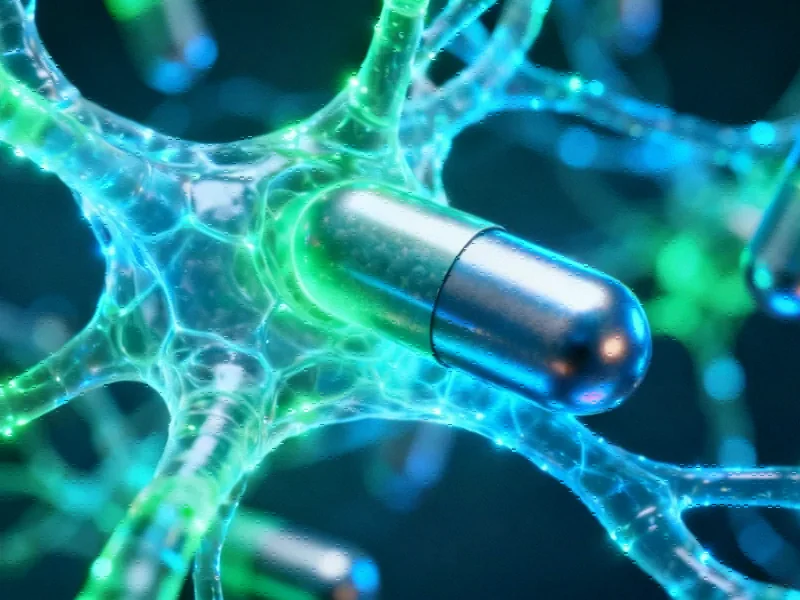According to Phys.org, researchers have developed MARTi, an open-source software tool that enables real-time analysis and visualization of metagenomic data. The platform allows for immediate identification of microbial species during sequencing, potentially revolutionizing pathogen detection in clinical, agricultural, and biosecurity applications. This development addresses critical limitations in current metagenomic analysis tools that lack flexibility and speed.
Table of Contents
Understanding the Metagenomics Revolution
Metagenomics represents a fundamental shift in how we study microbial communities, moving beyond traditional culture-based methods to analyze genetic material directly from environmental samples. What makes this field particularly challenging is the sheer complexity of microbial ecosystems – a single gram of soil can contain thousands of different microorganism species, each with unique genetic signatures. The ability to perform real-time analysis of this data represents a quantum leap forward, transforming what was traditionally a days-long laboratory process into something approaching instant detection.
Critical Analysis of Implementation Challenges
While the promise of real-time pathogen detection is compelling, several significant hurdles remain before widespread adoption. The accuracy of metagenomic classification depends heavily on the quality and completeness of reference databases – gaps in these databases could lead to false negatives or misidentification of novel pathogens. Additionally, the computational demands of real-time DNA sequencing analysis, even on optimized software platforms, may strain resources in field settings with limited connectivity or power. There’s also the critical question of validation – moving from research demonstration to clinically actionable results requires rigorous testing against established diagnostic standards.
Industry Impact and Market Transformation
The implications for multiple industries are profound. In clinical settings, rapid pathogen identification could dramatically reduce the time between sample collection and targeted treatment decisions, potentially saving lives in cases of sepsis or hospital-acquired infections. For agriculture, the vision of continuous air monitoring represents a paradigm shift in crop protection, moving from reactive pest management to proactive threat detection. The biosecurity applications are equally significant, enabling real-time monitoring of public spaces or critical infrastructure for biological threats. The open-source nature of the MARTi platform could accelerate adoption but may also create challenges around standardization and support compared to commercial solutions.
Realistic Outlook and Future Developments
Looking ahead, the success of tools like MARTi will depend on their integration into broader diagnostic and monitoring ecosystems. We’re likely to see specialized versions emerge for different applications – clinical diagnostics will require different validation standards than environmental monitoring. The next frontier will be combining metagenomic analysis with machine learning to predict pathogen behavior and outbreak patterns. While the technology shows tremendous promise, regulatory approval for clinical use and development of standardized protocols will determine the timeline for widespread implementation. The true test will come when these tools move from research institutions to real-world field deployments where reliability and ease of use become paramount.



